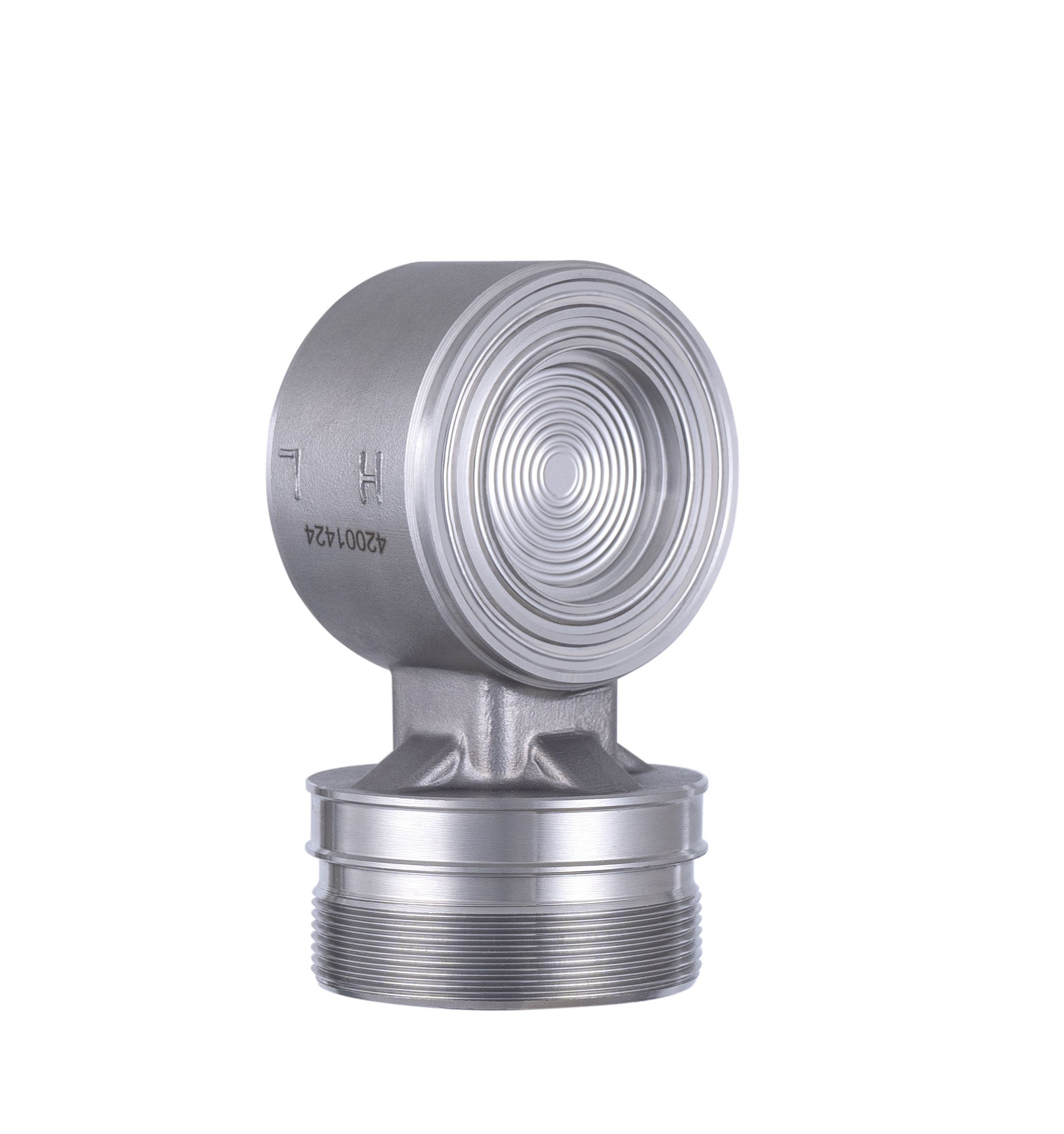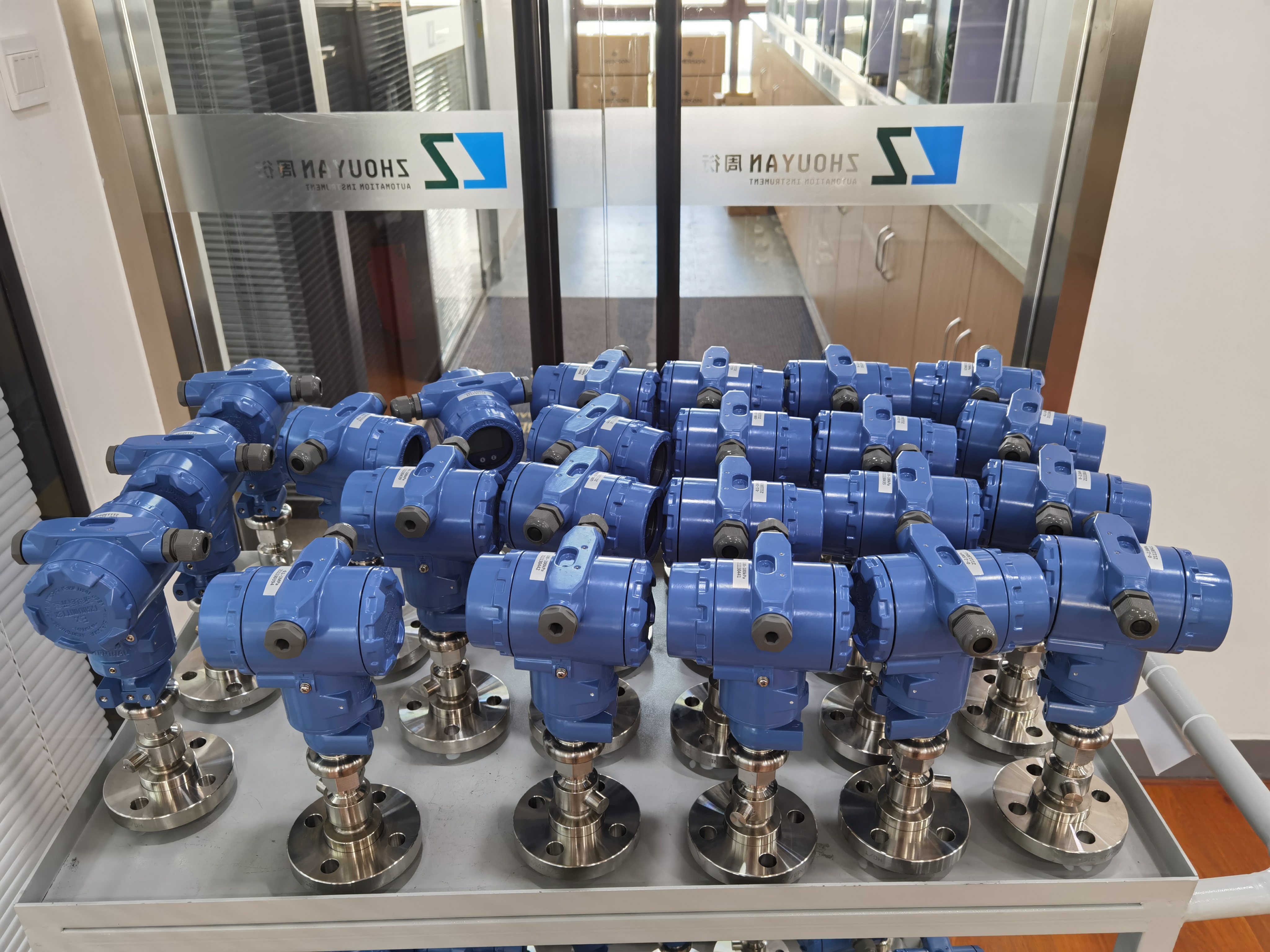The capacitive pressure sensor is composed of two moving pieces (elastic metal diaphragm), two fixed pieces (metal coating on the concave glass on the upper and lower elastic diaphragm), output terminals and housing, etc. Two series capacitors are formed between the moving plate and the two fixed plates. When the intake pressure acts on the elastic diaphragm, the elastic diaphragm produces displacement, which is bound to decrease the distance with one fixed piece, and increase the distance with the other fixed piece (can be demonstrated by a piece of paper). The distance between two metal electrodes is one of the important factors affecting the capacitance, the distance increases, the capacitance decreases, the distance decreases, the capacitance increases. This kind of structure is called differential structure in which the parameters of two sensing elements are changed by the same amount but opposite due to a measured quantity.

If the elastic diaphragm is placed between the side pressure and atmospheric pressure (the upper cavity of the elastic diaphragm is atmospheric), the measured pressure is the table; If the elastic diaphragm is placed between the side pressure and the vacuum (the upper cavity of the elastic diaphragm passes through the vacuum), the absolute pressure is measured. The capacity of the capacitor is proportional to the dielectric and its relative effective area between the two plates of the capacitor, and inversely proportional to the distance between the two plates, that is, C=ε A/ D, where ε is the dielectric constant of the dielectric, A is the relative effective area between the two metal electrodes, D is the distance between the two metal electrodes. From this relation, it can be seen that when two of the parameters are unchanged and the other parameter is used as a variable, the capacitance will change with the changing parameter.
There are many kinds of measuring circuits used with the capacitive pressure sensor. Let’s take the bridge circuit as an example to illustrate the working principle of the capacitance differential sensor measuring circuit. Because the capacitance is an AC parameter, the bridge is excited by AC through the transformer. Transformer two coil and capacitance of a bridge, when no inlet pressure, a bridge in balance, and two capacitance values are equal to C0, when pressure effect, one of the capacitance value of C0 + delta C, another capacitance value of C0 – delta, C (delta C for external pressure caused by the variation of capacitance), is a bridge out of balance, Where the capacitance value is high, the voltage is also high, and a voltage difference is generated between the two capacitors, from which the bridge generates a voltage output U that represents the intake pressure.
Post time: Sep-02-2022

